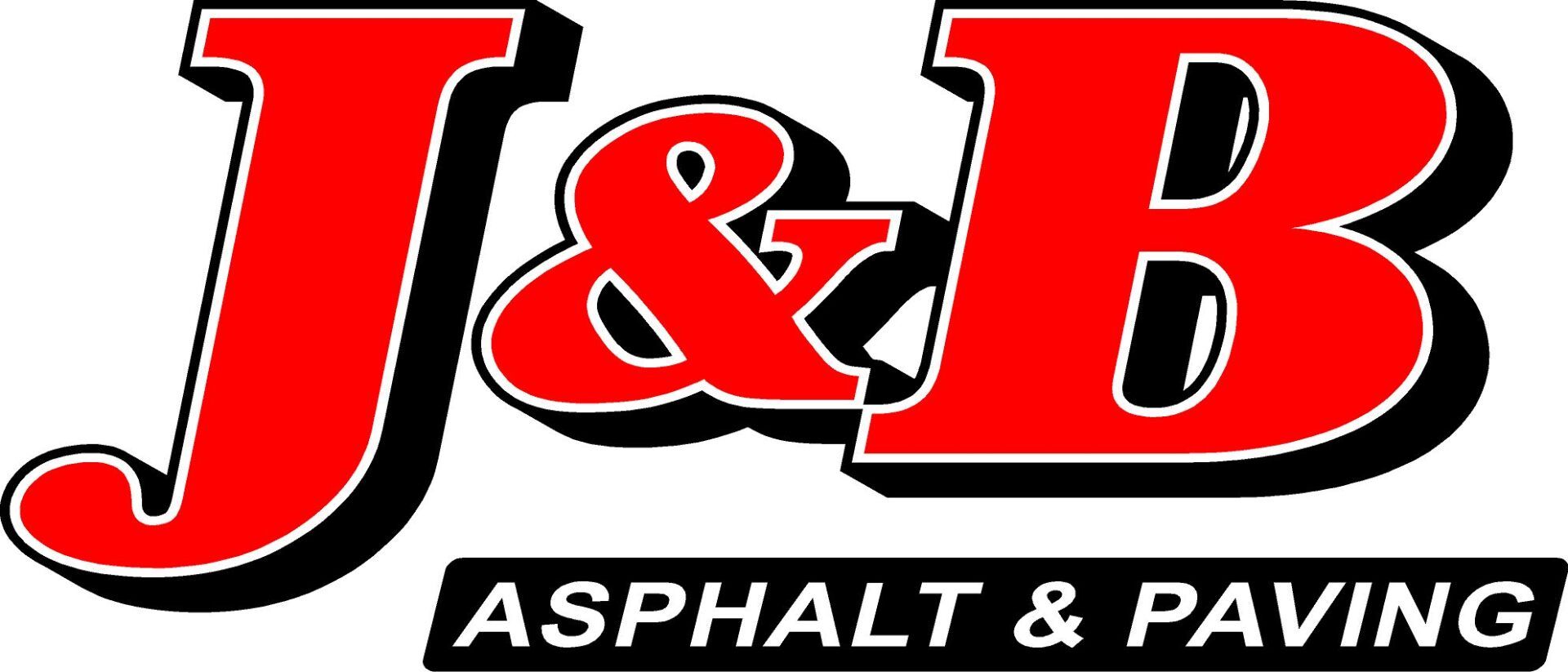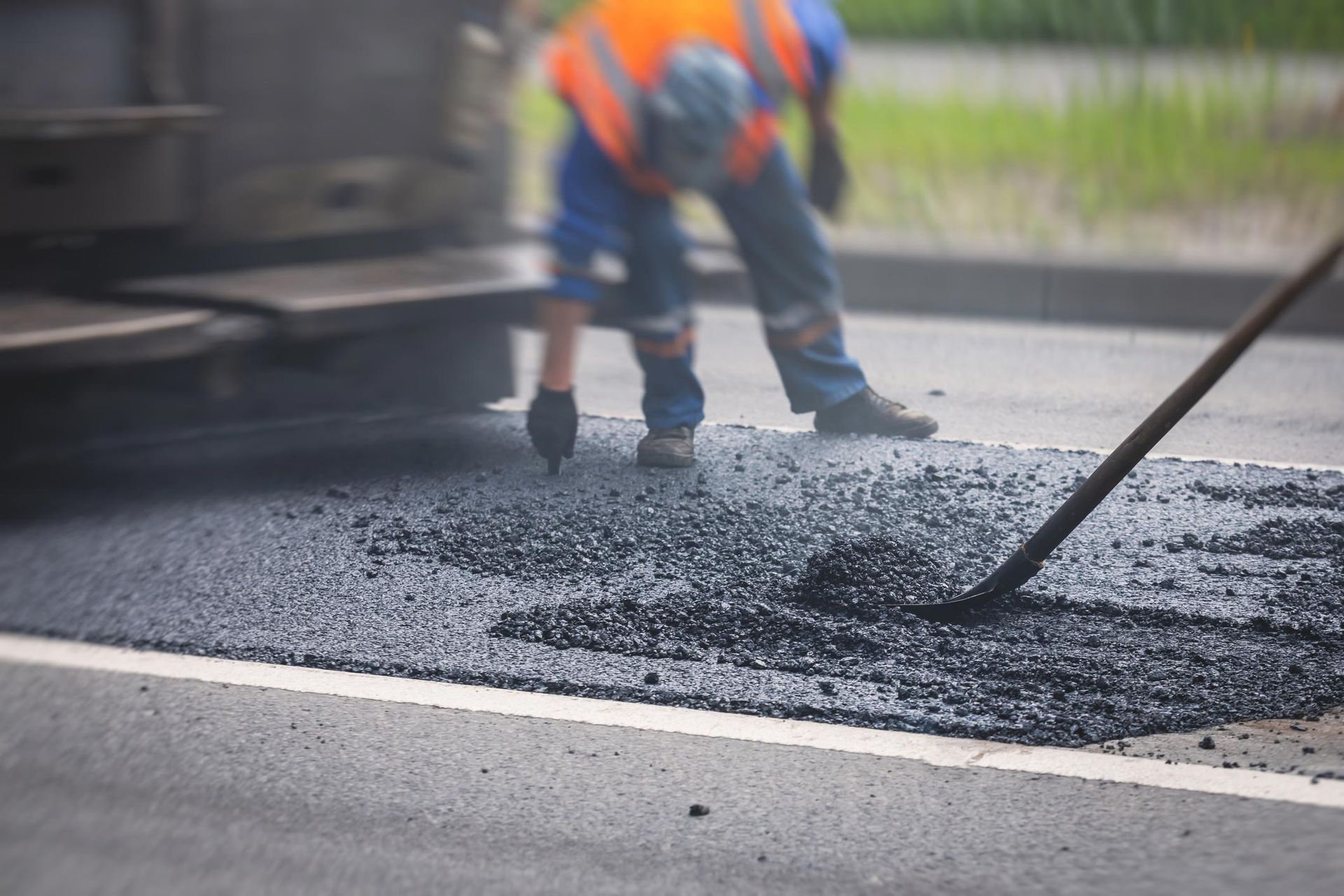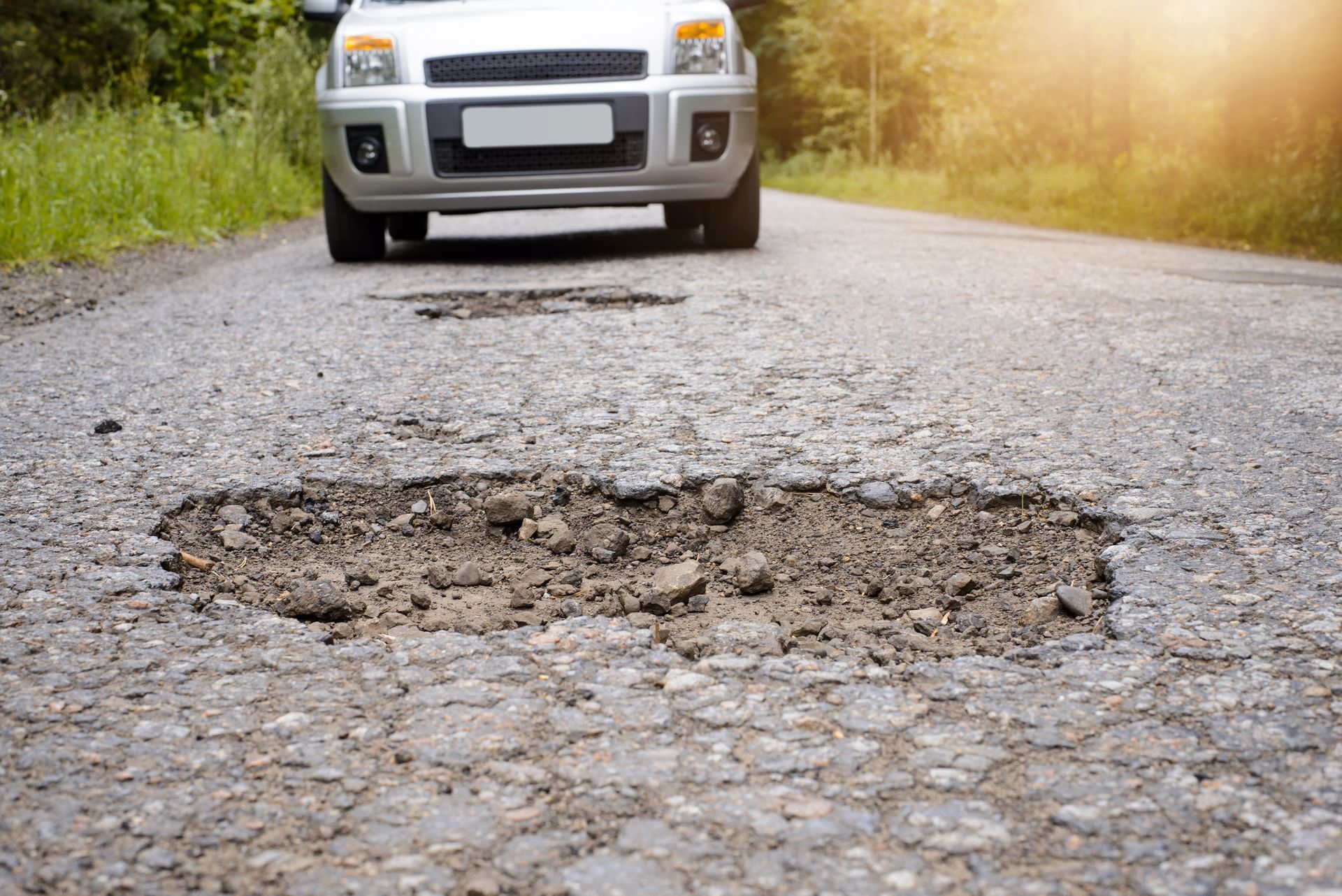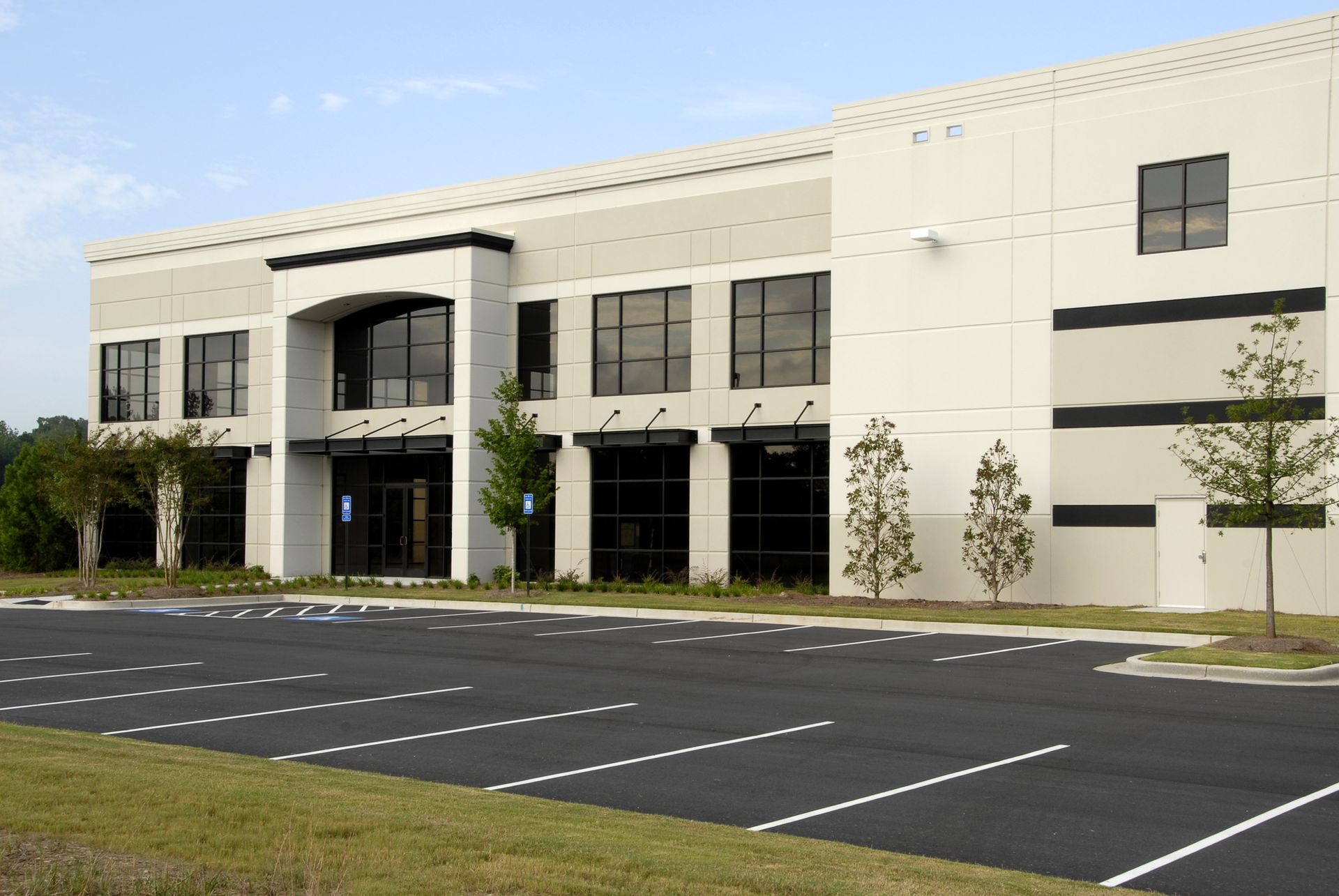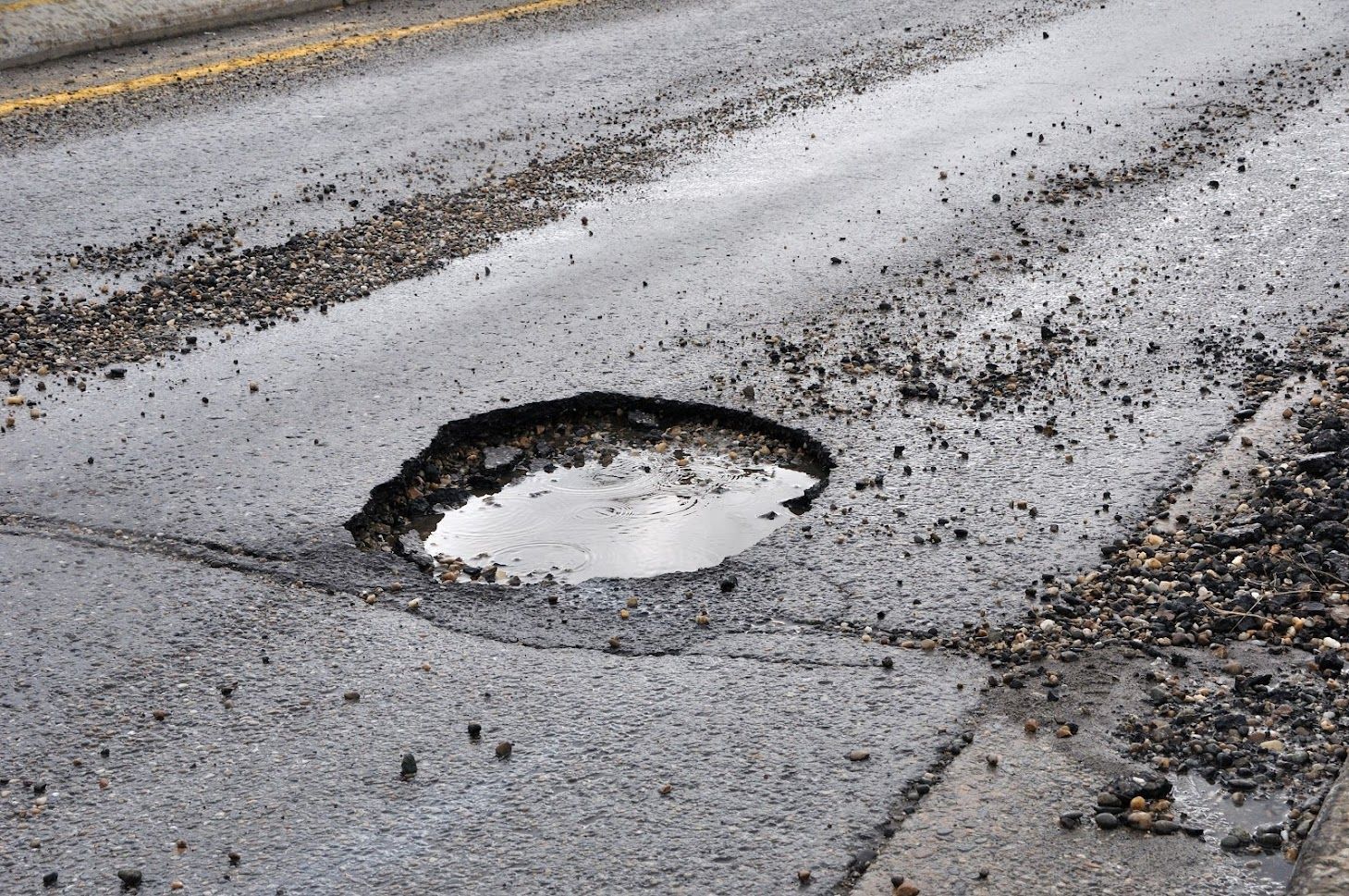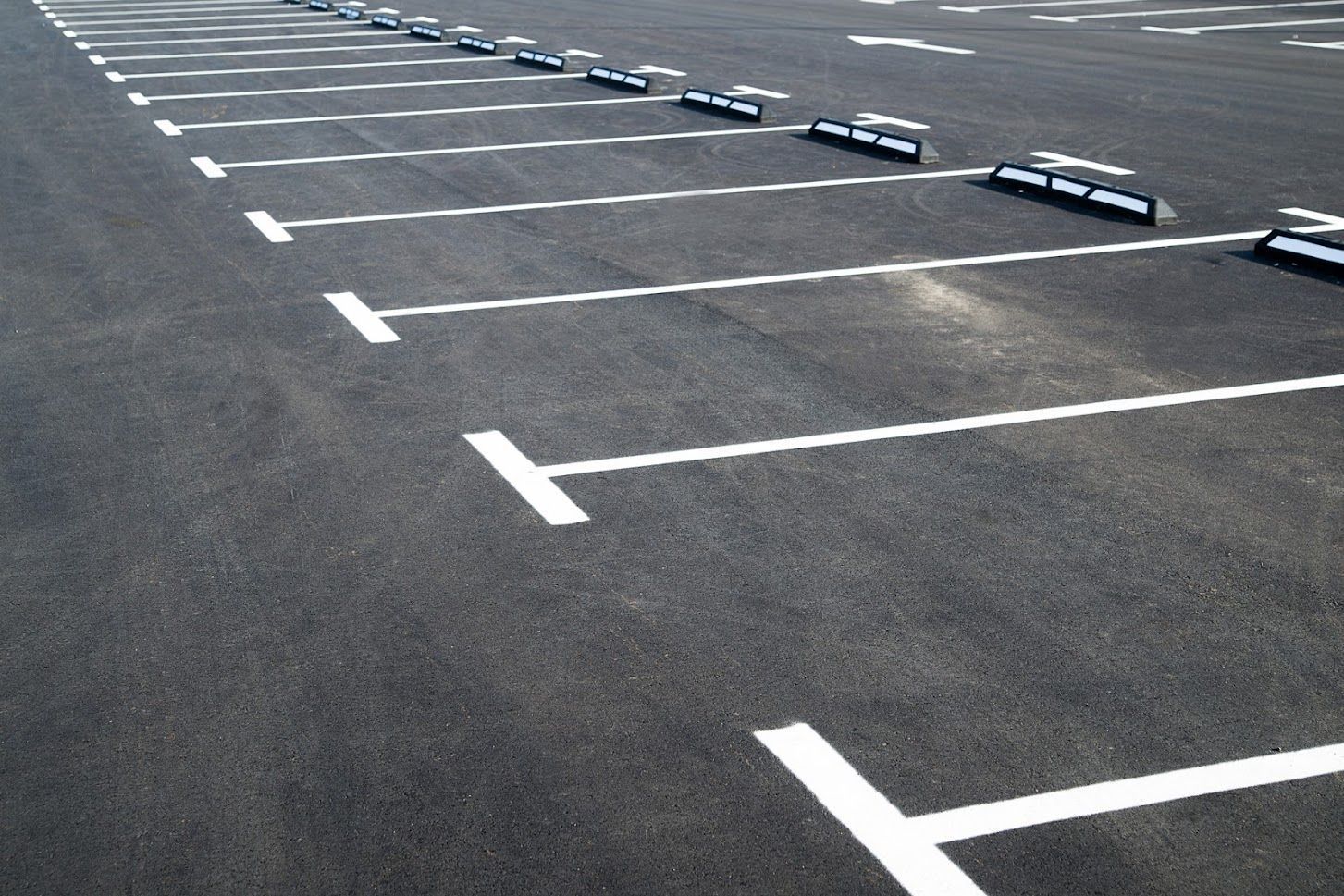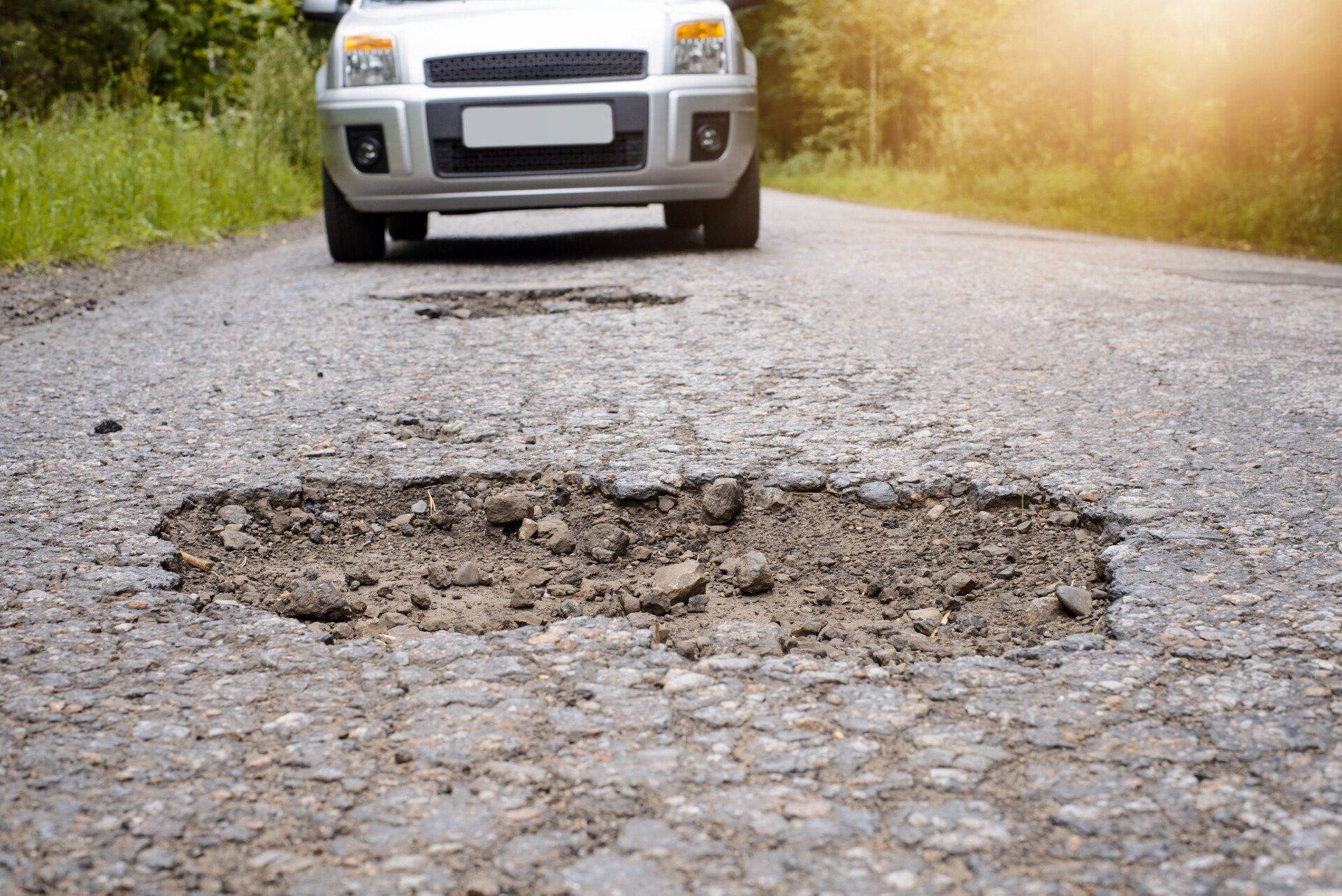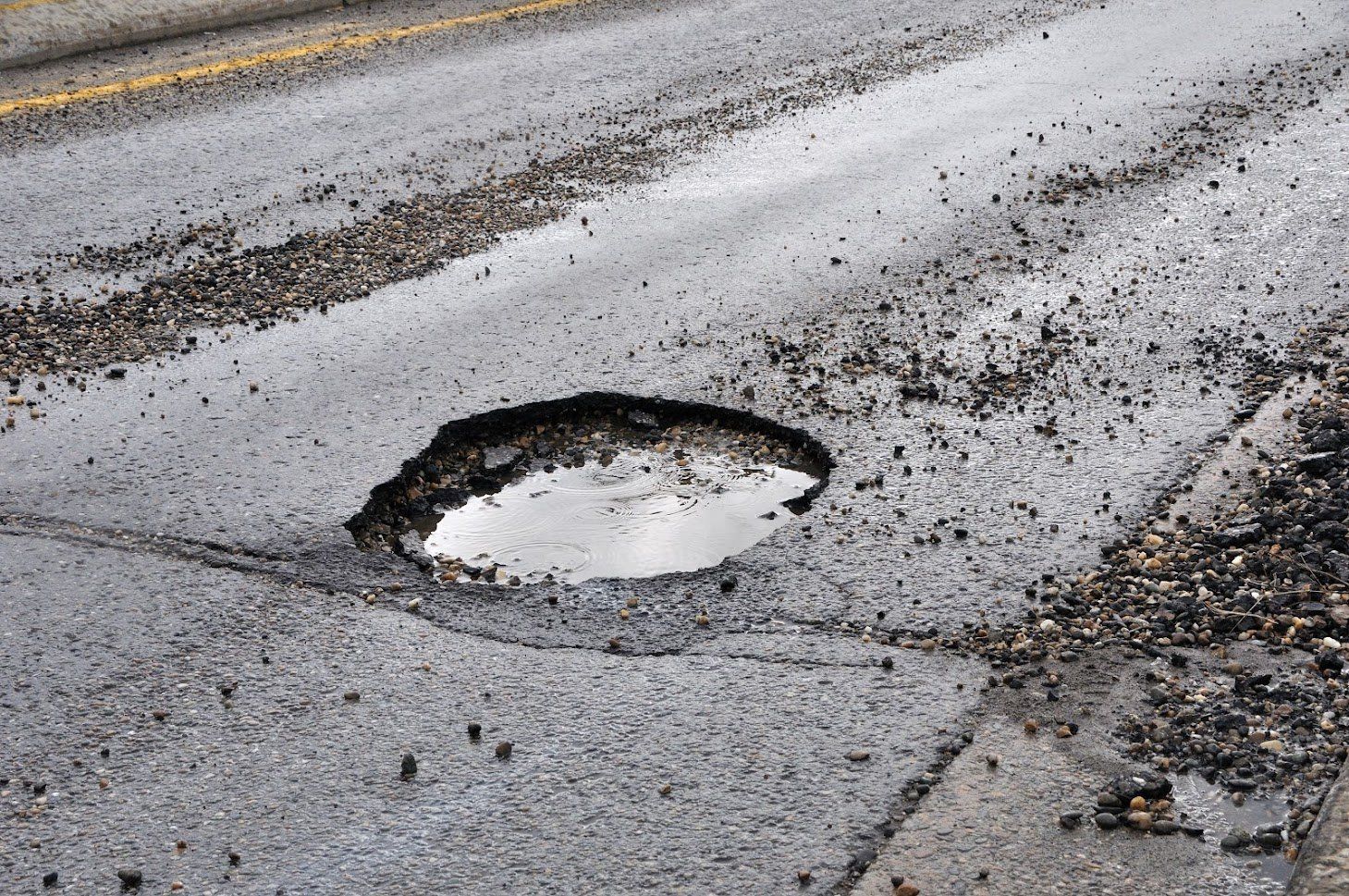Licensed & Insured for Your Protection Since 1979
Blog Layout
Kansas City's Guide to Common Terms in Asphalt Repair and Maintenance
Admin • December 8, 2021

Do you own or want to install an asphalt parking lot, road, or driveway in Kansas City, Overland Park, Olathe, Independence or surrounding area? If so, proper care and maintenance will keep your asphalt surface beautiful and safe for many years. To help you know what maintenance, repair, and upkeep you should do and when, it's important to understand a few asphalt terms. Here's a short guide to some of the most common and most important terms.
1. Asphalt
What most people think of as asphalt is actually asphalt concrete. This is a mixture made up of three main parts: aggregate, binder, and filler. The aggregate (usually stone) is held together with the filler (often sand) by the use of a sticky binding agent. This asphalt concrete, though, is only the top layer of a multi-tiered approach to making a sturdy base.
2. Base
The base of any asphalt pavement is a key part of ensuring it stays level and solid and that drainage works well. The rocky base is the foundation layer upon which all other asphalt layers are spread. It must be prepared correctly to support the weight and the use to which the asphalt will be subjected. Therefore, your base may need anywhere from a few inches of hard base to more than a foot.
3. Binder Course
Asphalt pavement is made up of different layers. Between the lower base layers and the upper surface layer is the binder course. This layer helps distribute weight from the surface and ensures stability and durability.
4. Crack Filling
A method for fixing larger cracks is known as filling. If the crack has already progressed to a point where a simple sealant won't prevent further erosion, it is filled with either a hot asphalt mixture or a cold mixture.
5. Crack Sealing
Crack sealing, as its name suggests, involves sealing a crack to prevent any further moisture or debris from getting into it and making it worse. The crack is cleaned out and filled with the sealant material. Sealing is a cost-effective method for managing small cracks less than 3/4 of an inch wide. Crack sealing is the first, and most minimal, step in extending the life of asphalt.
6. Milling
Milling pavement refers to the removal of the top portion of the asphalt layers. The sub-base is left untouched, providing a solid foundation to pour new asphalt without extra expense. The removed asphalt pieces are then recycled into new asphalt. In addition to removing severely damaged pavement, milling can also be used to reduce the height of overlaid asphalt.
7. Overlay
An overlay is a cost- and time-saving method of repairing and refreshing asphalt. Rather than remove the existing asphalt, contractors can lay down (or overlay) a new layer on top of it. The contractors first assess and repair minor cracks and imperfections in the existing asphalt to provide a solid foundation on which they will pour new asphalt. However, if existing damage is too great, overlays won't work.
8. Sealcoating
Sealcoating is a term you'll hear often as your asphalt ages. It's a commonly used method of refreshing asphalt by covering it with an emulsion that protects it from moisture and sun damage. Sealcoating refreshes the look of your asphalt by covering the aggregate that starts to show on the surface as the asphalt wears down. Asphalt owners should sealcoat their pavement every three to five years.
Where to Learn More
Want to know more about any of these terms in relation to your asphalt? Start by meeting with the team at J & B Asphalt & Paving. We will help you understand your asphalt's repair and replacement needs. We can also help you find the methods that best fit your budget. Call today to learn more.
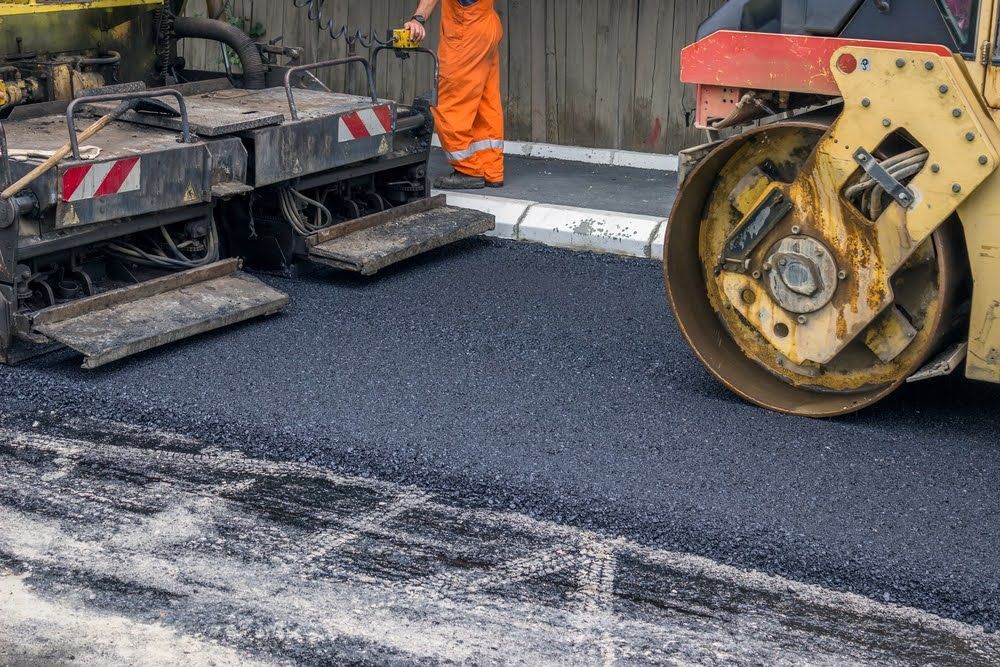
February 1, 2023
Asphalt paving is important in constructing and maintaining roads, driveways, and parking lots. It is a low-cost, long-lasting material that withstands heavy traffic and extreme weather conditions. But a few common mistakes can be made when paving with asphalt, leading to a weak surface that only lasts for a short time. Here are some of the most common blunders to avoid when paving with asphalt. Inadequate Base Preparation The asphalt surface will probably crack and get holes over time if it is not leveled or packed down well. The base must be excavated to a specific depth and width before the asphalt can be laid. The base material should mix crushed stone, gravel, and sand to provide a stable and long-lasting foundation for the asphalt. Then, this material should be leveled and pressed down with a roller to make a smooth, stable asphalt surface. Using the Incorrect Asphalt Mix The asphalt mix is made by mixing asphalt cement with a certain amount of aggregate, such as crushed stone, gravel, or sand. The ratio of aggregate to asphalt cement will change based on how the surface will be used and how much traffic it will get. When the wrong mix is used, the surface becomes weaker and more prone to cracking and damage. A mix that is too heavy on aggregate and too light on asphalt cement, for example, will not provide enough stability and will crack under heavy traffic. A mix that is too heavy on the asphalt cement and too light on the aggregate, on the other hand, will be more prone to rutting and deformation. Not Properly Compacting the Asphalt After laying the asphalt, it should be compacted with a roller. Compacting the asphalt removes air pockets and ensures a smooth and stable surface. Asphalt that has not been properly compacted is more prone to cracking and shifting. Compaction should be done in multiple passes, beginning with a light pass to remove any air pockets, followed by heavier passes to ensure a smooth and stable surface. The installer should move the roller slowly to ensure the asphalt is properly packed. Leaving the Asphalt Unsealed Sealing the asphalt will protect it from the elements and extend its life. A seal coat is a thin layer of asphalt that is poured over the asphalt. This liquid asphalt layer will shield the surface from water, oil, and UV rays. If the asphalt is not sealed, it is more likely to crack and be damaged by water, oil, and UV rays. The seal coat should be applied a few months after asphalt installation to let the asphalt fully cure. Not Using a Professional Asphalt Contractor Hiring a contractor who isn't qualified or doesn't have enough experience can lead to bad work, a weak surface that doesn't last long, and even expensive repairs or complete repaving. However, a professional contractor will know how to prepare the foundation, use the right mix, pack down the asphalt, and seal it. Working with a professional contractor ensures all permits and inspections are in place and that the work is done according to local rules and codes. They will also have all the tools and resources they need to do the job well and quickly. Look no further than J & B Asphalt & Paving for professional asphalt paving services. Our skilled and experienced professionals are dedicated to delivering lasting, high-quality results. We take special care to ensure a smooth and long-lasting surface. In addition, our team is up to date on all requirements to ensure your work is done per local codes and regulations. Don't take any chances regarding your asphalt paving requirements. Contact us today to set up a consultation and learn more about how we can assist you with your next project.
Address: 800 E 101st Ter. Ste 350 Kansas City, MO 64131 | Phone: (816) 241-2750 | Email: info@jandbasphalt.com
Hours of Operation
- Monday
- -
- Tuesday
- -
- Wednesday
- -
- Thursday
- -
- Friday
- -
- Saturday
- -
- Sunday
- -






ACH
Content, including images, displayed on this website is protected by copyright laws. Downloading, republication, retransmission or reproduction of content on this website is strictly prohibited. Terms of Use
| Privacy Policy
